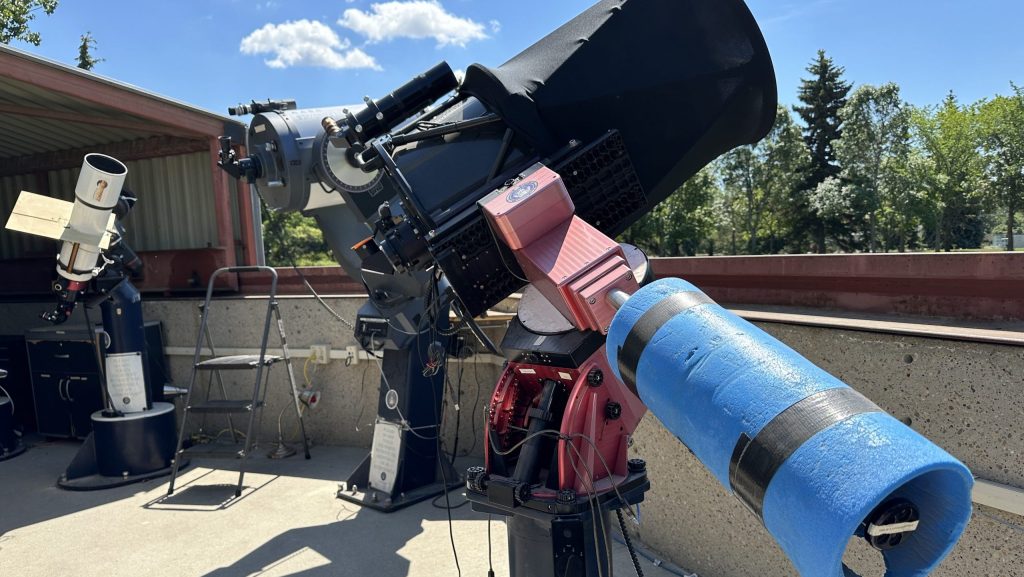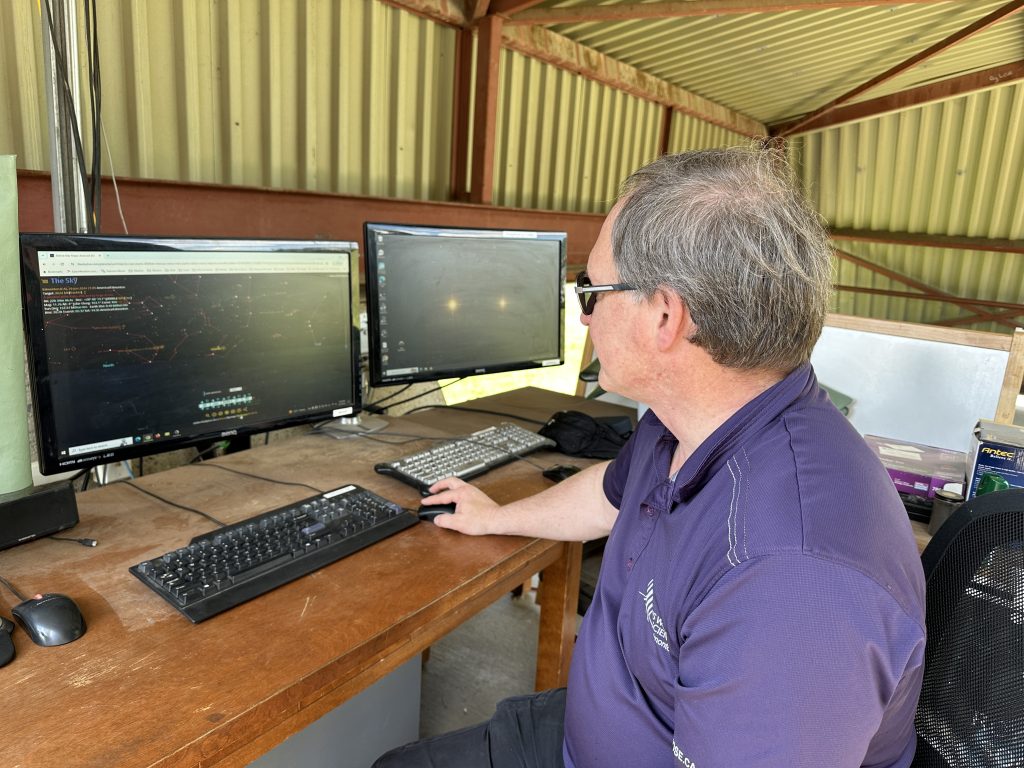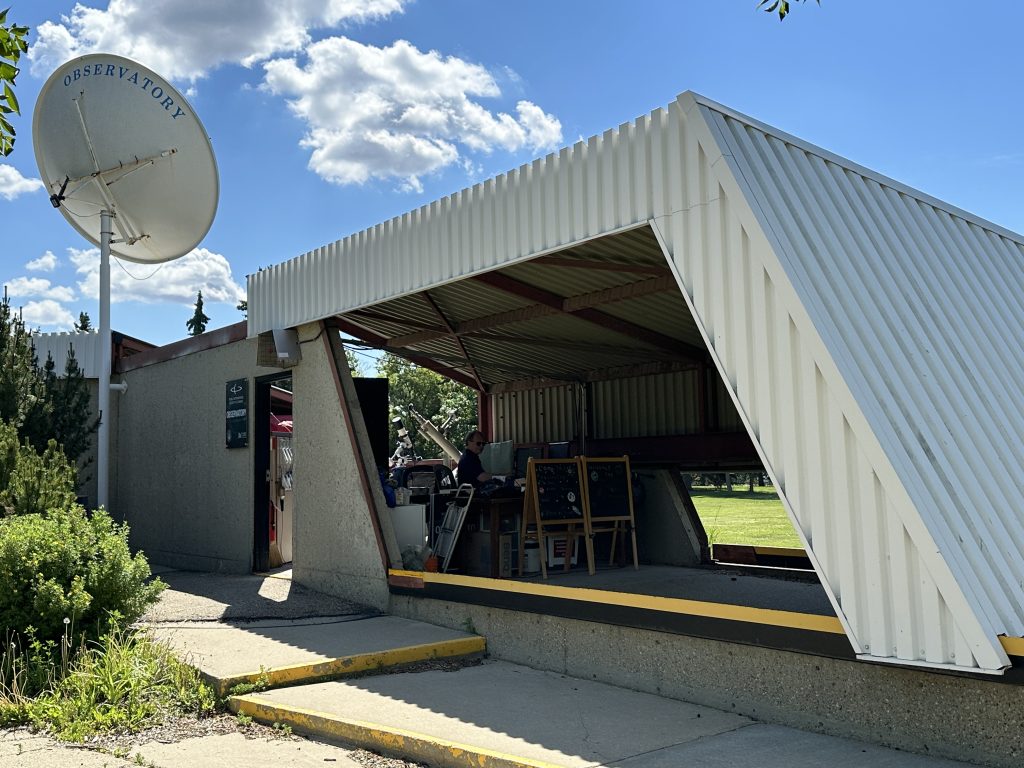Asteroid flying by Earth will be difficult to spot: expert

Posted June 29, 2024 6:27 pm.
A skyscraper-sized asteroid may be whizzing between the Earth and the moon this weekend, but it may be hard to see – even with the right instruments.
That’s according to the senior manager of the planetarium and space sciences at Edmonton’s Telus World of Science.
Frank Florian says Canadians could have difficulty spotting the 2024 MK asteroid even with large telescopes. Viewers in the southern hemisphere will have a better chance of seeing it, he adds.
“This object itself is gonna be zipping by very, very quickly,” Florian said. “Those individuals that might be able to see it with their telescopes or through binoculars away from bright light, they might see it as moving fairly steadily across the sky. It’s not just gonna be sitting in one place so you constantly have to move the telescope to track it.”

The asteroid was first spotted two weeks ago by a South African observatory and is about 120 metres to 260 metres wide.
It poses no risk to Earth.
“It’s a fairly sizeable rock in space,” Florian said. “It’s just doing a nice fly by the Earth-moon system. No need to worry or panic that it’s gonna hit the Earth or anything like that.”
The space rock made its closest approach to Earth Saturday morning, passing at about three-quarters the distance from Earth to the moon. But it could be easier to see in the evening without interference from the sun’s blinding light.
“It’s pretty far away,” Florian said. “Space is really big and these objects are quite tiny. So you need to have everything lined up perfectly for an asteroid to actually hit the Earth.”

Asteroids the size of this latest one fly by about every 25 years or so. A 2,310-metre asteroid flew safely past Earth Thursday, but it was farther away and was only visible to professional telescopes.
This latest asteroid’s passing is happening one day before Asteroid Day, held annually on June 30.
Florian says it acts as a reminder of threats from space.
“Asteroids are out there and we need to watch for them, try to figure out where they are in the orbits, and make sure if there’s ever one in the collision course with the Earth, that we do something about it.”

If you miss out, mark your calendar for April 13, 2029, when an asteroid called Apophis will fly by Earth and will be visible to the naked eye from parts of Europe, Africa and Asia.
–With files from The Associated Press








